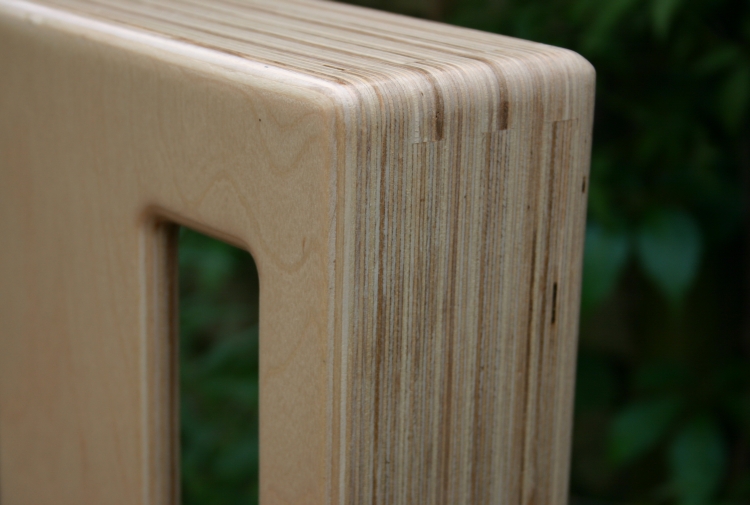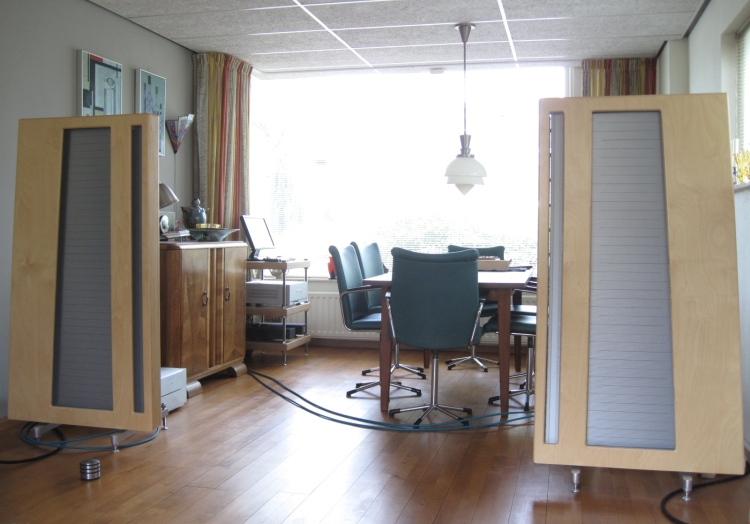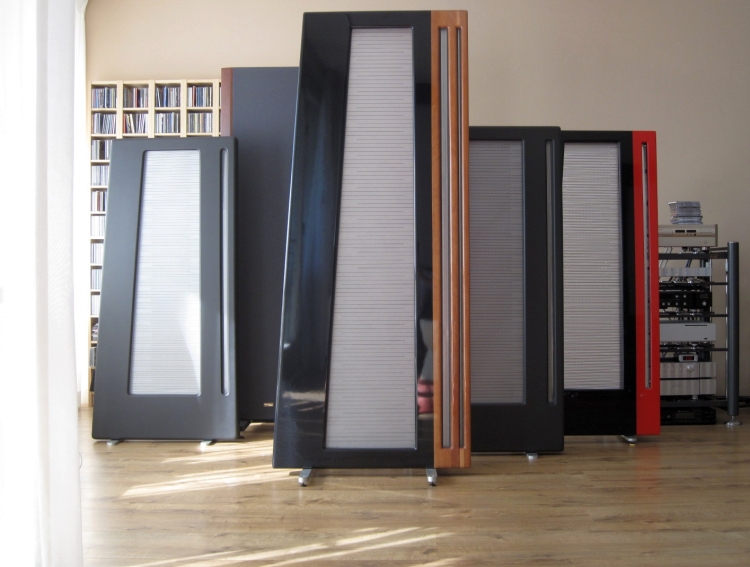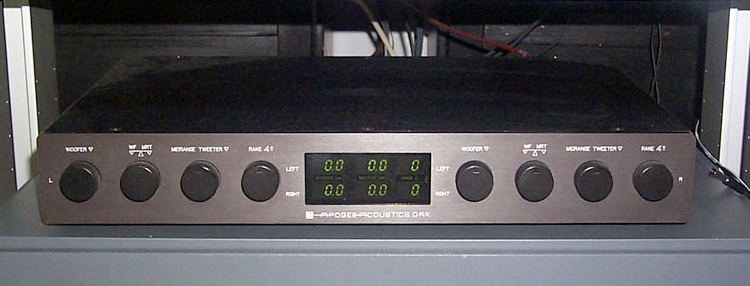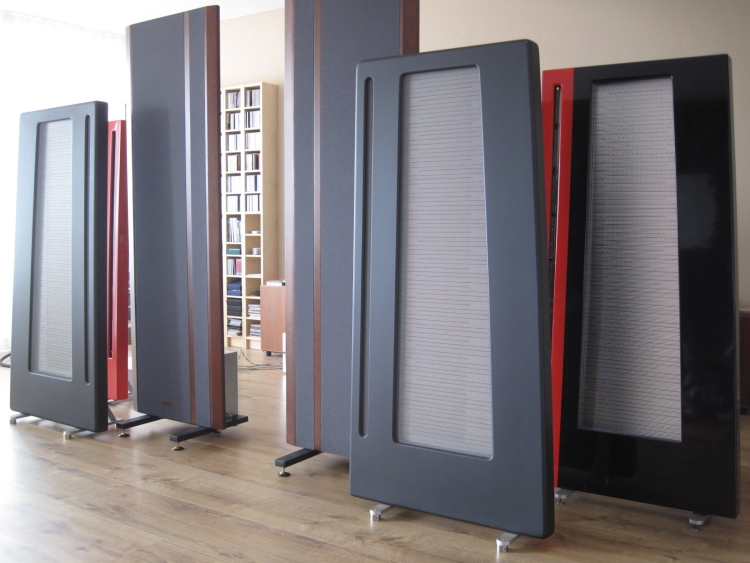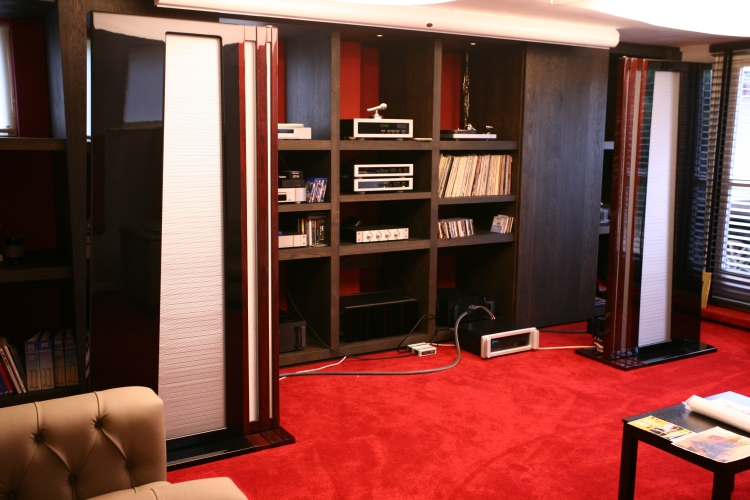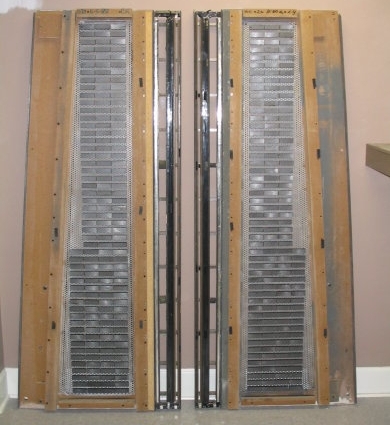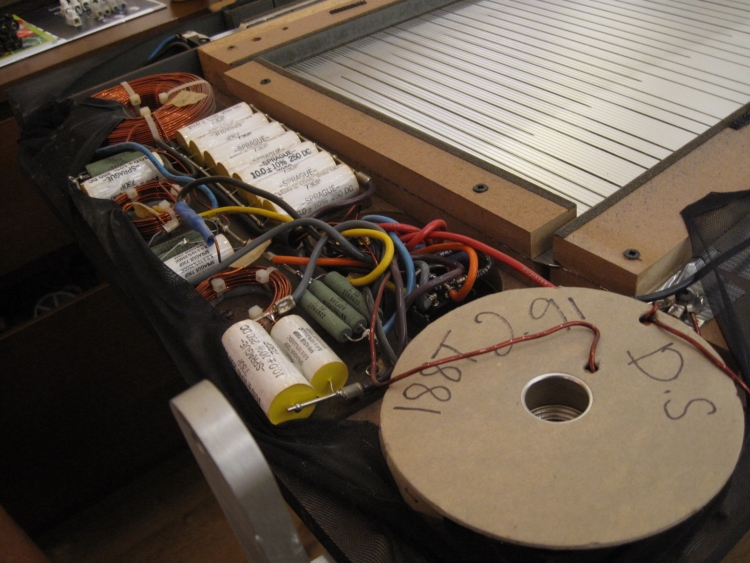Frequently Asked Questions
Do Apogee still make speakers?
The original company went out of business in 1999, shortly after ADS had taken over the business. But a new company under the same name (Apogee Acoustics), now lead by an Australian named Graeme Keet (Graz), has revived much of the original line and also offers improved models.
Apogee website: apogeeacoustics.com
Facebook: facebook.com/ApogeeAcoustics
Why did Apogee go out of business?
The company that bought Apogee Acoustics found after evaluation that the business was not what they had hoped for, and terminated the company operation as it was considered not commercially viable to them. Despite some popular belief, Apogee did not go out of Business merely because of Magnepan. Although Magnepan said that true ribbon was their own technology and the two parties were tied up in legal matters on patent infringement because of this, there were also the rising field service costs and the overall manufacturing expense in a time of high competition while the high-end market was contracting and product options were expanding. It is said that the engineering and production costs of the Apogee Grand in particular were giving Apogee trouble, but this is more rumor than fact.
Mylar vs Kapton
The reason Apogee later went to Aluminized Mylar was that it could be etched by machine and more easily mass-produced. The original ribbons had to be tediously cut by hand one at a time. They also suffered some stress cracking in the Kapton film units. The ribbons were very fragile which led to unsustainably high field service and repair under warranty by dealers, costs which were then passed onto the company Apogee Acoustics.
What was the issue between Apogee and Magnepan?
The patent issue Magnepan had with Apogee Acoustics was apparently (partially?) with regard to the Apogee DIVA ribbon tweeter. This was then circumvented by backdating the serial numbers on the DIVAs. The patent infringement case was in regard to the suspension and method of dampening resonances and not the actual ribbon driver itself, as used in the Apogee Diva and later models. Jim Winey’s was the first commercial “transformerless” ribbon Magnepan patents, but not the first ribbon, as freely suspended ribbon speaker drivers were available decades before. Magnepan vs. Apogee was one of the rare patent cases that actually was enforceable. As many a patent lawyer could tell you there are many Patents granted that in truth have little chance of holding up if challenged in a Court case. Apogee’s later patent had to do with the speaker system composition, not the ribbon driver itself.
True Ribbons, Magnetic Planars & Quasi-ribbons (Apogee vs Magnepan)
Apogee originally used Kapton-backed ribbons, technically making them not a true ribbon, defined as a conductor without a backing material. But the first Apogees were in fact “True Ribbons” as far as the tweeters and 2″ wide midrange ribbons were concerned. They were simply corrugated aluminum with NO backing material whatsoever and in the case of the midrange ribbon not even so much as a piece of foam suspension on the sides, that driver hangs free and lose no suspension or backing material. Magnepan makes both purely planar magnetic as well as ribbon/planar magnetic speakers. The difference between the planar section between Apogee and Magnepan has always been academic but since Apogee use a backing foil just like Magnepan do, one could argue that either bass system is in fact a quasi-ribbon or planar magnetic. The latest crop of Magnepans (3.7, 20.7) started use of foil conductors in place of aluminum wire, making them even closer in resemblance to Apogee. The big difference remains that Apogees use corrugated foils (that can move more air) while Magnepan use stretched, flat foils (that are more limited in excursion).
What’s with the new-looking Apogees you see here and there on the internet?
A lot of them will be refurbished originals, done either by the owner or a contractor. Graz also re-issues original models in improved form as part of the Classic range. The new models are identified by height in meters, for example, a Classic 1.5DS would be extremely alike to an Apogee Duetta Signature. Refurbished/Reissued models aren’t cheap: think $12.000 for a par of refurbished Duettas and $21.000 for a new pair of Duettas. In 2004 Graz set about the task of finding out (beyond the obvious) what kept original Scintilla owners from selling their old speakers. Once established, he also asked what characteristics they found appealing in other speakers, not present in their Scintillas and finally what their ideal “theoretical” Scintilla successor would feature. The main complaint was the lack of compatibility with low-powered tube amplifiers (and amps as a whole). The result is the $25.000 per pair Synergy 1.5. They have an efficiency of 95db per watt and a more amp-friendly 3-ohm impedance.
Can my original Apogee still be repaired?
Yes indeed. This can be done either by Graz himself or by one of the various Graz-trained installers. See this page
Are parts still available?
Yes they are, thanks to Graeme Keet from Australia, better known as Graz. He started supplying revised upgrade spares under the company name Apogee Acoustics in 2001. Most, if not all tweeters, midrange and bass foils are still available. The tweets and MR ribbons are relatively affordable and can be fitted by yourself. The bass ribbons can become quite expensive and need to be fitted by Graz or one of his expert people.
What are the differences between original and re-issued parts?
The new ribbons are almost exactly the same as the originals but they differ in the manufacturing process. The old ribbons were etched and the new ribbons are made with a CNC process, from the same foil alloy and Kapton as the original Apogee ribbons, but to tighter tolerances and specifications. Differences in sound will surely exist but I can’t find any info on this. If you have first-hand experience, let me know!
What are the differences between original and re-issued speakers?
The ribbons are now made to within a 1mm tolerance, damping material is made to last and all woodwork tolerances are substantially tightened. Standard screw fixings are uprated to last longer, and steelwork normally prone to rust over time in the original Apogee range is replaced with stainless steel, or if steel is used this is plated for longer life. Stands are industrially powder coated to withstand vacuum cleaner knocks better, and paintwork is also offered in gloss or metallic colors. Soundwise it is said that the new models sound tighter and more dynamic.
What’s the Apogee spike thread size?
5/16″-18
Who are the Apogee-endorsed Installers?
More Apogee

